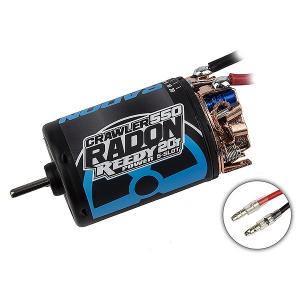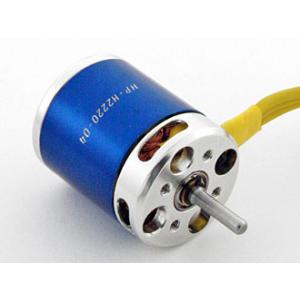RC electric motors work by converting electrical energy into mechanical energy, which is used to power the rotation of the motor's rotor. The basic principle of operation is based on the interaction between magnetic fields, which are produced by the flow of electric current through the motor's wires.
An RC electric motor typically consists of a rotor, a stator, and a set of magnets. The stator is the stationary part of the motor, and it contains a series of copper coils that are wound around a central core. The rotor is the rotating part of the motor, and it consists of a shaft and a series of permanent magnets.
When an electric current is applied to the motor, it flows through the copper coils in the stator, creating a magnetic field. This magnetic field interacts with the magnetic field of the rotor, causing it to rotate. As the rotor rotates, it generates a magnetic field that opposes the magnetic field of the stator, creating a torque that drives the rotation of the rotor.
The speed of the motor is controlled by adjusting the voltage and current that is supplied to the motor. By increasing the voltage, the speed of the motor can be increased, while decreasing the voltage will slow it down. Similarly, increasing the current will increase the torque and power output of the motor.
RC electric motors can be either brushed or brushless. Brushed motors use carbon brushes to transfer current to the rotor, while brushless motors use an electronic controller to manage the flow of current to the stator. Brushless motors are generally more efficient and durable than brushed motors, and they are becoming increasingly popular in the RC hobby industry.
Overall, RC electric motors are a key component in the operation of remote-controlled vehicles, providing the power and speed that drives the performance of these machines.





















